14 Times Employees Handled Toxic Jobs Like Absolute Pros

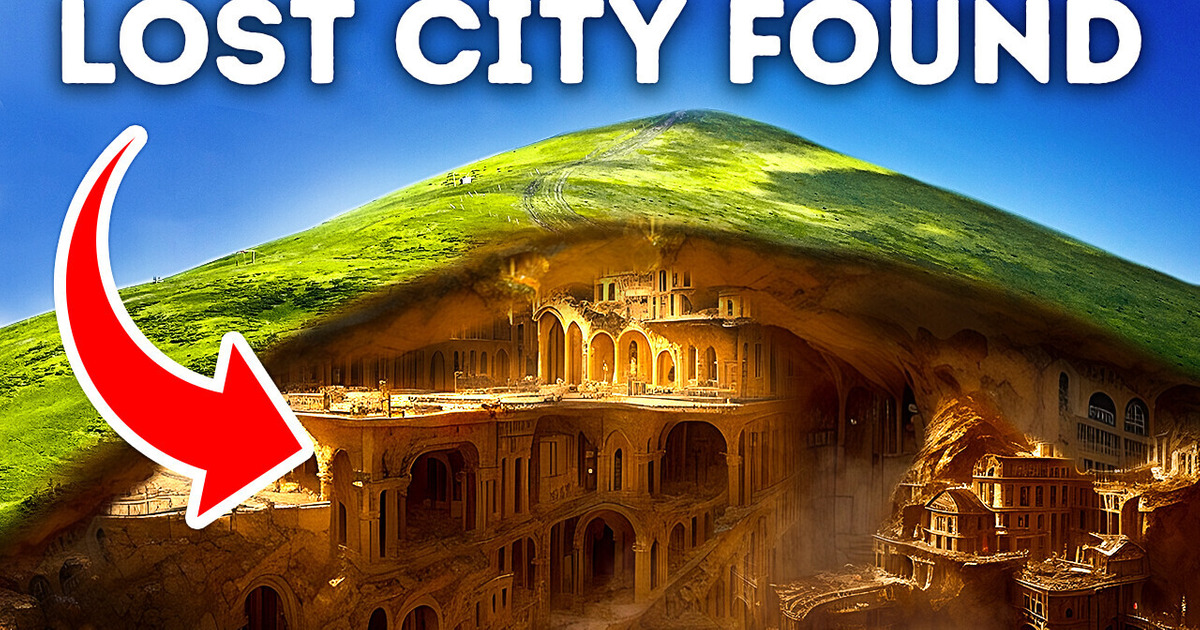
Imagine you’re 15 and you got bored of playing video games. Instead, to pass the time, you decide to give some attention to an old hobby of yours: tracking down lost Mayan cities. You’ve heard that some ancient civilizations are said to have built entire cities based on constellations, so you decide to check out whether that was true for the Mayans.
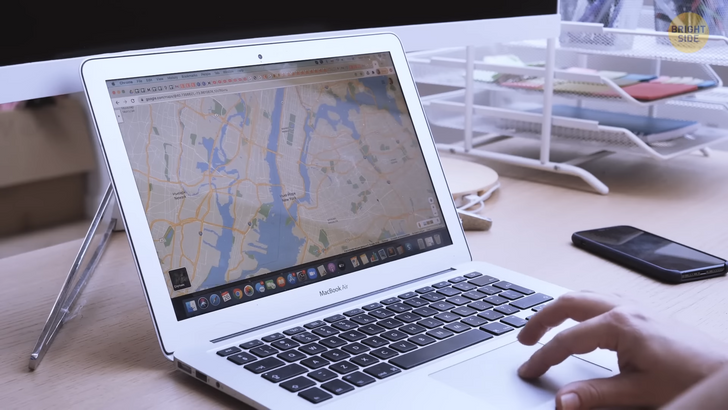
You find a book containing all the constellations the Mayan civilization believed to exist. You open good old Google Maps and map every ancient Mayan city discovered to date. You start seeing that this information actually matches. And truly, the biggest ancient Mayan cities correspond to the brightest and biggest stars of the Mayan constellations. Ok, this is getting interesting.
You manage to map out over 100 ancient cities when you suddenly notice something strange. There is an area, in the Yucatán Peninsula in Mexico, where archeologists have unearthed two Mayan cities. But on the constellation map, there are three stars. Could this mean that there is a long-lost city waiting to be discovered nearby?

You might think this sounds too daydreamy, but the story is actually true. The previous account happened to a Canadian teenager named William Gadoury. The boy is known as a science genius and had even won an award for the constellation theory we presented just now. When he noticed that a third city was missing from the 23rd constellation he was examining, he began to scour the internet for satellite pictures that could help him solve this mystery.
He looked into images from NASA, Jaxa (a Japan-based satellite company), and Google Earth. These images were still insufficient to answer his questions, so he reached out to a friend inside the Canadian Space Agency. His friend provided him with state-of-the-art satellite imagery that gave him the answer he was looking for.
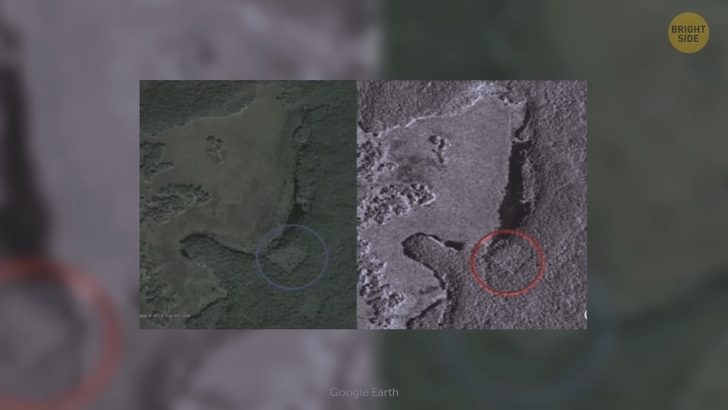
According to the images, there is a large square area, right on the border of Mexico and Belize, which looks like the remains of a city. William took the images to a Remote Sensing expert known as Dr. Armand Larocque from the University of New Brunswick. They studied the images thoroughly and concluded that the area could be housing 30 buildings and even a large pyramid. The scientific and archeological community went crazy with the 15-year-old’s discovery. Could this really be true?
Some background. Lost Mayan cities began to be unearthed in the mid-20th century. Since then ruins from cities such as Tikal, Palenque, and Uxmal have been rediscovered. The Mayans were one of the biggest pre-Columbian civilizations living in the Americas. They began to settle in the area as early as 1500 BCE. Experts believe that at its height, the Mayan civilization consisted of over 40 cities, with a population of millions of people. That’s a crowd!
And their cities were pretty interesting. Their civilization spanned over Mexico’s Yucatán Peninsula, Guatemala, and Belize. They survived mainly on agriculture, so they developed a complex irrigation system in most of their cities. They built a series of ceremonial buildings, pyramids, plazas, and even courts for ball games.
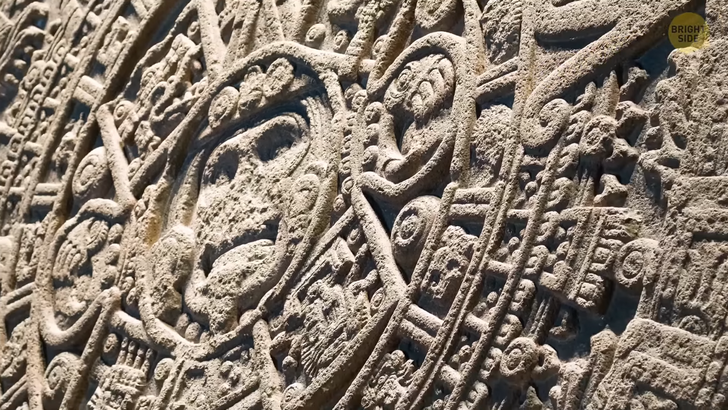
The Mayans were keen pyramid builders, but they also developed an advanced astronomical system. With whatever ancient technology they had, they were able to predict the exact location of planets such as Venus and Mars, and they were able to predict the exact dates of eclipses. That’s why the methodology William used to discover this long-lost Mayan city was unusual, but not completely surreal.
The Mayans were keen astronomers, so it wouldn’t be too strange that they built their major architectural feats in relation to the sky, would it? And they wouldn’t be the first ones to be doing so. There is a famous fringe of Egyptology dedicated to studying how the Giza pyramids were built in perfect alignment with the Orion constellation. Meaning that each pyramid was purposefully built to align with one of the major stars of Orion’s belt.
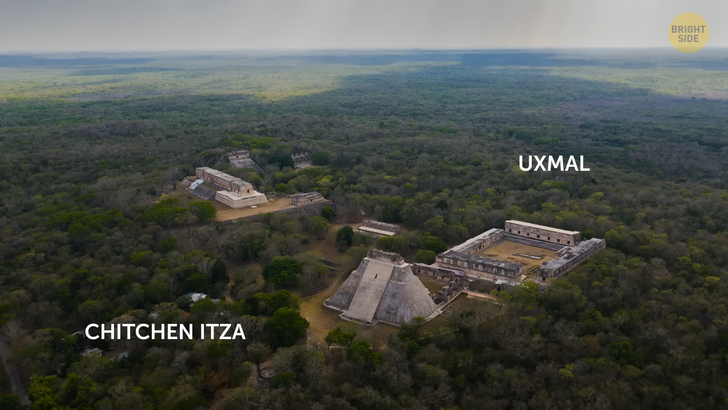
According to William, he first had the idea to look at the Mayan constellations because he couldn’t understand why the Mayans built their cities where they built them. Most major cities such as Chitchen Itza and Uxmal aren’t near any rivers or significant bodies of water. Instead, they are built on marginal lands and on top of mountains, which confused the 15-year-old. His next thought was that it might have something to do with astronomy. William named the new city he discovered “Mouth of Fire”, which is also my nickname, and he even won a merit award for his hard work.
However, his theory was very much contested inside the archeological community, and many Mayan experts worked to debunk William’s findings. Some archeologists say that constellation theories are too unscientific. Anthony Aveni, a renowned anthropologist and astronomer referred to William’s methodology as an act of “creative imagination”. He explained that there is no way to be sure what the Mayan constellations really were, it’s all just hypothetical.
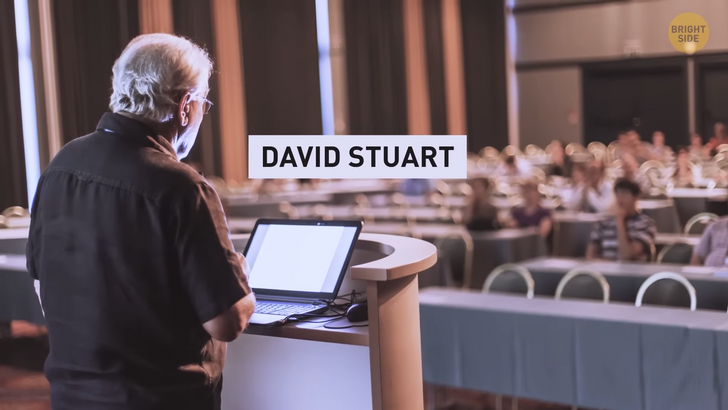
Another debunking of William’s findings came from Mayanist David Stuart who said that the object identified on the satellite imagery is nothing but an old cornfield. His claim was supported by an expedition that took place near the area in 2021 when the archeologists present reported that there was nothing at all in this area. Still, a 15-year-old boy almost found a long-lost Mayan city, which is pretty exciting if you ask me.
Similar techniques as those used by William are actually being used to unearth lost civilizations all over the world. According to space archaeologist Sarah Parcak, satellite imagery has been a key player in discovering ancient cities in Egypt and other places. Sarah herself spends most of her days scouring images for any signs of where there could have been cities long ago.
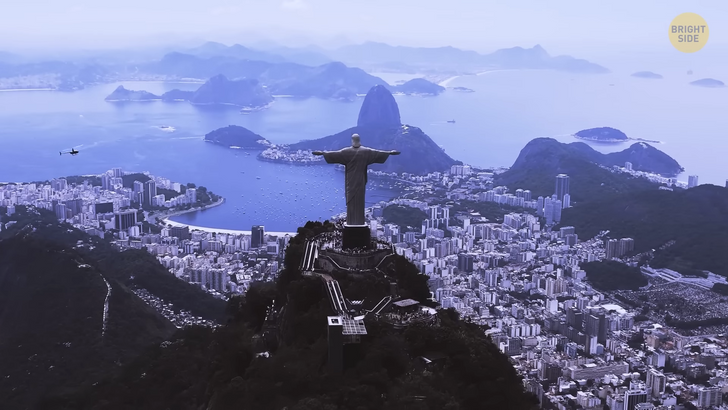
“What happens”, she says, “is that any time you have anything buried, it’s going to be covered either by vegetation, soil or sand, or some other modern construction on top of it.” In order to assess whether there is something hidden under large canopies of vegetation or not, she uses infrared technology, for instance. A major recent discovery in Brazil was done in a similar way. Satellite imagery detected a network of trenches dating back to 200 — 1200 CE.
These suggest settlements that could have supported around 60,000 people. But in this case, the satellite imagery did indeed correspond to what was on the ground. Researchers from the University of Florida found several mounds that were accompanied by ditches and geoglyphs. Archeologists also found remnants of carefully designed walls, centered around plazas, much like the type of construction done by the ancient Mayans.
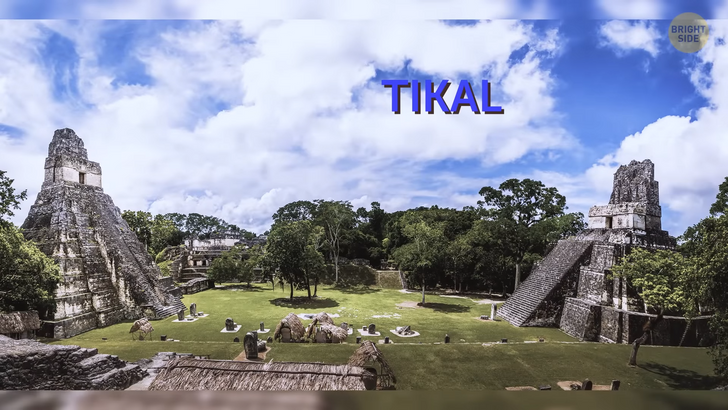
Advances in satellite tech have also shed new light on long-discovered ancient Mayan cities such as Tikal. Located in the heart of the Guatemalan jungle, Tikal is believed to have been the capital of the ancient Mayan empire. At its height, it was comparable in importance to cities such as London or New York in today’s world.
It is composed of a series of complex monuments, many of them believed to have been the resting places of Kings and chiefs. Tikal is already known to have been big, but recent discoveries show that it could have been even three times larger than what scientists originally believed. The main discovery revolves around a fortification on the outskirts of the city, indicating how far the original city stretched.
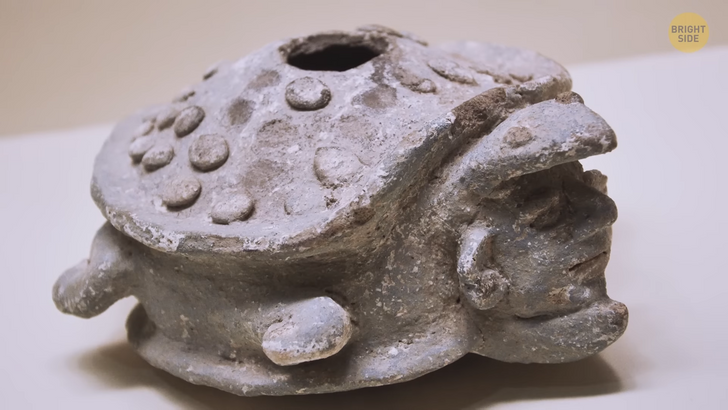
And new discoveries still take place. In 2017 researchers also unearthed new clues regarding the potential causes of the decline of the Mayan civilization. Using data from a site at Ceibal, located about 62 miles southwest of Tikal, scientists analyzed radiocarbon data, from ceramics and archeological excavations to extract new information about the sudden demise of this great civilization.
The information shows that instead of a sudden collapse, the Mayans most likely collapsed in waves of social instability and crises. These events are believed to have deteriorated Mayan city centers and began causing the dispersion of the Mayan population. Well, it seems like it’s a prime time to uncover ancient ruins. What do you say, will you give it a try as well?











